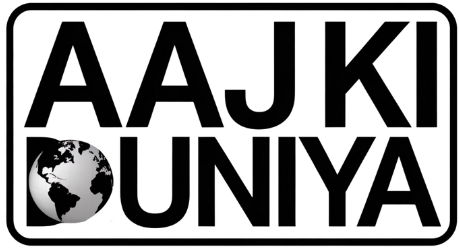New Delhi: With the clock ticking toward the August 1 deadline, India and the United States remain divided on key issues holding up a trade agreement. Agriculture and automotive components continue to block the finalisation of the deal, despite multiple rounds of negotiation between the two sides.
The Indian negotiation team has returned from Washington after presenting its offer. According to sources close to the talks, New Delhi has placed its terms on the table and is now waiting. Agriculture, particularly the issue of opening the Indian market to U.S. farm imports, remains the core of the disagreement. India has cited concerns over the impact on domestic farmers and food security.
The United States has expressed interest in securing agricultural concessions, especially as the outcome with India could set a model for its upcoming negotiations with Japan and the European Union.
Officials involved in the process have not dismissed the possibility of a sudden move by President Donald Trump, who has previously unveiled trade agreements with Indonesia and Vietnam that diverged from what negotiators had initially discussed. These deals, which followed direct conversations between Trump and the respective heads of state, have made Indian officials cautious.
India has shifted focus toward a broader Bilateral Trade Agreement (BTA), targeting a resolution by September or October. However, with President Trump’s unpredictable approach, a last-minute announcement for a mini-deal remains on the table. Both sides are aware of the political weight Trump places on trade announcements and their potential electoral appeal.
From India’s end, agriculture and dairy continue to be areas where New Delhi has shown little room for compromise. From the U.S. side, resistance to reducing import tariffs on automotive components has been flagged as a sticking point. Officials have indicated that no agreement will be signed without addressing these core issues.
Meanwhile, in a separate but related development, U.S. Treasury Secretary Scott Bessent, speaking on July 21, said that the Trump administration is prioritising the quality of trade agreements over meeting specific timelines.
“We are not going to rush for the sake of doing deals,” he told CNBC. When asked about the August 1 deadline, he stated that any decision to extend it would come from President Trump.
Bessent also suggested that in the absence of agreements, higher tariffs could be reintroduced to increase pressure on negotiating countries. “If we somehow boomerang back to the August 1 tariff, I would think that a higher tariff level will put more pressure on those countries to come with better agreements,” he said.
He confirmed upcoming trade discussions with China, highlighting American concerns over Beijing’s continued purchase of sanctioned Iranian and Russian oil.
Bessent said there are broader economic imbalances that need to be addressed in future talks with Beijing.
On Japan, he said the administration’s focus remains on the trade outcome, not the country’s internal political factors. He also indicated that the United States may push European countries to align with American positions, particularly if Washington proceeds with secondary sanctions on Russia.
As of now, all eyes remain on President Trump. Whether he chooses to push through a trade deal with India before the deadline or hold out for further leverage remains to be seen. Indian officials have made clear that their side has submitted its final position and will wait for Washington’s next move.
Source link
[ad_3]
[ad_4]

